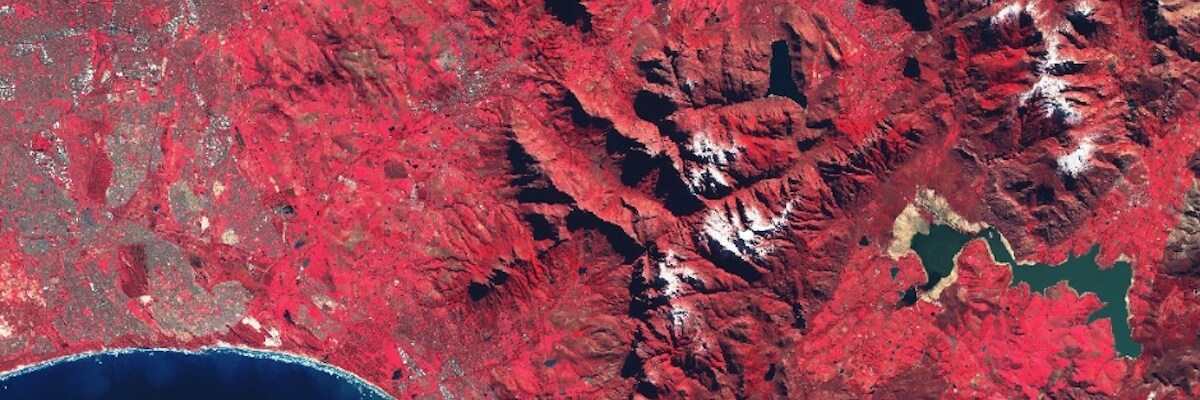

Introduction to Earth Observation
11th Mar 2024 - 3rd May 2024
| R8000Download the course prospectus
This introductory course is aimed at beginners who need instruction in the basic principles and techniques fundamental to remote sensing.
Themes covered in the course include:
- Principles of remote sensing and earth observation
- The electromagnetic spectrum
- Reflectance characteristics of various objects on the earth’s surface
- Atmospherical interaction with electromagnetic energy
- Digital imagery
- Image resolution
- Satellite systems
- Image enhancement
- Image acquisition, data preparation, pre-processing
- Unsupervised and supervised image classification
- Field methodology and accuracy assessment
- GIS integration
Upon completion, participants should understand the basic principles of Earth Observation (EO), the electromagnetic spectrum, digital data, image resolution, satellite systems, pre-processing techniques and classification. The participants should be able to carry out an EO workflow in the remote sensing software package of ArcGIS Pro.
BASIC SKILLS NEEDED TO DO THIS COURSE?
Participants need to have basic computer skills.
ACCREDITATION
This course is accredited by Stellenbosch University, an accredited higher education provider.
OUTCOMES
Students who complete the full course will be able to:
- Demonstrate a generic understanding of what Earth Observation is.
- Demonstrate an appreciation of the specialist knowledge needed to apply remote sensing techniques.
- Demonstrate an understanding of the functionality available in a remote sensing software package.
- Demonstrate an understanding of the electromagnetic spectrum.
- Understand digital data.
- Identify suitable sources of imagery.
- Explain why pre-processing is required and how it can be applied.
- Identify the appropriate pre-processing techniques.
- Do field surveys for earth observation applications.
- Carry out a supervised and unsupervised image classification.
- Understand how to perform and interpret an accuracy assessment.
PRESCRIBED READING
In preparation for the course, participants can read Chapters 1-6, 10-14 of Campbell (2006). The full reference is:
Campbell JB 2006*. Introduction to remote sensing. Fourth Edition. London: Taylor & Francis.
*Later versions are preferred.
Software requirements
Students need not be on campus during the duration of this course but need access to a computer loaded with ArcGIS Pro software. Temporary software licences (valid for two months) can be supplied if necessary. To make sure your system meets the minimum requirements to run ArcGIS Pro click here. To check your computer’s ability to run ArcGIS Pro, click here.
ASSESSMENTS
Students who register for the full course will write an exam at the end of the 5th week of the course. The test will count towards 50% of the final course mark and will contain questions relating to the lectures, exercises, and the prescribed reading. An assignment will have to be completed within the 3 weeks following the exam. The assignment will be a practical task and will count towards 50% of the final course mark.
COURSE STRUCTURE & COST
Accredited option @ R 8 000
The course duration is a total of 8 weeks. The first 4 weeks students receive access to lectures and practical exercises requiring about 8 to 10 hours of effort per week. At the end of the 5th week students are required to write an examination. This is followed by a final 3 weeks during which students’ complete assignments. Students will be assisted during the course by having access to forums and weekly online q & a sessions.
Standard course fees are reduced by 20% for Stellenbosch University students and staff members if paid via an internal university cost point.
APPLICATION
Accredited course click here.
Check our calendar for dates on when our other short courses are presented.
